Can America Get Fit Again? RFK Jr.’s Bold Fitness Strategy
September 13 | Posted by mrossol | American Thought, Big Food, KennedyA huge challenge. I think about how long it took to get Americans onboard with “don’t litter”; and “put on that seat belt”. Years. I think it will take the same for this effort but it can be done. mrossol
Source: Can America Get Fit Again? RFK Jr.’s Bold Fitness Strategy
By Catherine Ebeling RN, MSN, Contributor, The MAHA Report
Robert F. Kennedy Jr. is betting that a revival of the President’s Fitness Program will be an essential part of the Make America Healthy Again movement. When his uncle, President John F. Kennedy, launched the original fitness challenge in 1960, he framed it as a Cold War imperative, proof that America had the strength and stamina to lead the world.
Photo by The Associated Press
But, today, the United States has become a chronically sick, overweight, and sedentary nation of people staring at electronic screens—TV’s, iPads, mobile phones and computers instead of moving. And the results are evident: one out of three kids is overweight or obese, and more than 40%have at least one chronic disease.
Mental health disorders are also climbing at an accelerating rate–depression, anxiety, and ADHD now affect one out of five children ages 3 to 17, and a whopping 77% of young Americans are unfit for military service.
There is no question Americans face an uphill battle to improve their overall fitness, but it is not an insurmountable challenge, although sedentary habits, lack of motivation, poor health, and financial constraints continue to pose significant obstacles.
A Nation of Couch Potatoes
America’s lack of fitness starts long before adulthood. Over the years, Physical Education classes have been cut, recess has gotten shorter, and kids spend more and more sitting in front of screens, instead of being outside and active. It’s a health disaster.
Photo by The Daily News via AP
Obesity and chronic disease are not just adult problems — they start in early childhood. Childhood obesity has tripled since the 1970s and chronic illnesses like type 2 diabetes and high blood pressure that used to only show up in adults, are now showing up in kids in grade school.
America is growing weaker and sicker, and the costs are staggering. Chronic disease accounts for nearly nine out of ten dollars spent on healthcare. Unless we reverse course, the current American generation of kids will live shorter, sicker lives than their parents and grandparents.
To avoid such a fate, Kennedy and the MAHA movement are advocating for prevention of chronic disease through healthy food and fitness instead of relying on our current broken healthcare system driven by Big Pharma.
Exercise is one of the most powerful interventions we have to reverse these sobering trends. Kids who move daily are happier, healthier, stronger, and perform better academically. Secretary Kennedy’s revival of the President’s Fitness Program is a call to restore fitness as a core part of childhood and to bring healthy habits into adulthood.
Overlooked Benefits of Exercise
Most people know exercise makes you feel stronger and lose weight. But the lesser-known benefits are as important to children and teens as they are to adults:
- Reduces risk of chronic disease: Fitness reduces disease riskthrough weight loss, strengthening heart and bones, improving insulin sensitivity, and boosting the immune system. Regular physical activity decreases the risk of type 2 diabetes, heart disease, high blood pressure, and obesity.
- Strength, agility and balance: Regular activity for kids helps build muscular strength, agility, and balance with new motor skills.
- Mental health: Exercise is as effective as antidepressants for mild to moderate depression with zero negative side effects. For children, regular movement regulates emotions, improves focus, and builds resilience against anxiety and depression.
- Brain Development: Exercise stimulates BDNF (brain-derived neurotrophic factor), which fuels new brain cells and improves learning. Aerobic training enlarges the brain’s memory center, improving learning ability.
- Academic Focus: Children who are physically active have better concentration in school, and better test scores. Fitness works for the brain and the body.
- Fitness Builds Confidence: Becoming stronger and fitter improves body image, and is physically empowering. Feeling strong, healthy, and capable directly contributes to increased self-esteem.
How Do We Fight Inertia to Fitness?
The barriers to childhood fitness are not just personal — they’re built into the environments and culture we live in. Urban and suburban planning prioritize cars over walking or biking, further reinforcing sedentary lifestyles. Screen time is the cultural norm, rather than the exception. In this kind of environment, restoring fitness requires a true cultural shift that makes movement part of daily life again.
On a personal level, children face additional hurdles. Many struggle with a lack of energy, motivation, or time–while mental health issues such as depression and anxiety zap the drive to get moving, in spite of the fact that exercise is one of the best remedies.
For some kids, body image concerns create further resistance, and fitness testing can risk embarrassing those who are overweight or unfit, instead of building confidence. Add to this a generation of kids accustomed to inactivity, and the challenge becomes even greater.
Schools have compounded the problem by cutting PE classes due to budget pressures and curriculum demands. Reversing these trends will take a renewed commitment to making fitness a priority in schools and communities, so activity can be transformed into healthy competition, self-confidence, resilience, and fun.
Strategies to Improve Fitness in America
Programs like the “Make America Healthy Again” initiative, endorsed by the Department of Health and Human Services (HHS), aim to promote healthier lifestyles and food consumption.
Photo by The Associated Press
The revival of the The President’s Council on Sports, Fitness, and Nutrition, along with the Presidential Fitness Test will bring more attention to youth fitness, healthy competition, and challenges. This renewed national attention, and government initiatives can create a rising awareness to be leveraged to drive great change.
The recent “Pete and Bobby Challenge” has become a viral news and social media stories, and it’s the perfect way to bring long overdue interest to fitness in America. As the popularity catches on, more people should feel compelled to get off the couch, and attempt this Fitness Challenge (as hard as it is!)
But restoring fitness to America is a long-term process that takes time and commitment.
The long term success depends on policy changes, community level interventions, and creating a massive shift in our current cultural norms to value and support physical activity.
RFK Jr. is framing his program as more than a school initiative. It’s a cultural reset — weaving movement back into daily life through community sports, outdoor spaces, workplace wellness, and family-based activities. If we want to change America’s health trajectory, it has to start at the ground level: with children, families, and schools.
The revival of the President’s Fitness Program is more than a nod to JFK. It is a big part of the “Make America Healthy Again” movement. America cannot thrive or sustain itself if its citizens are too sick, too tired, and too sedentary to rise to the challenge.
Physical fitness is about building lifelong habits that boost health, confidence, and academic success. The Presidential Fitness Test sets the gold standard, empowering every child to push harder, reach higher, and unlock their full potential. By building strongerkids, we build a stronger America.
The real test of America’s future isn’t measured in weapons or wealth, but in whether the next generation grows up strong, healthy, and free from preventable disease.
Key Takeaways:
- Childhood obesity has tripled since the 1970s: And type 2 diabetes now affects children as young as 10. Reinstating a national exercise program for children can lower rates of obesity, type 2 diabetes and other chronic diseases.
- Exercise is mental health care: Proven to reduce depression, anxiety, and improve focus as effectively as medication.
- Brain booster: Fitness fuels learning and memory by stimulating new brain growth.
- National resilience begins with kids: Healthy children mean a stronger, more capable nation.
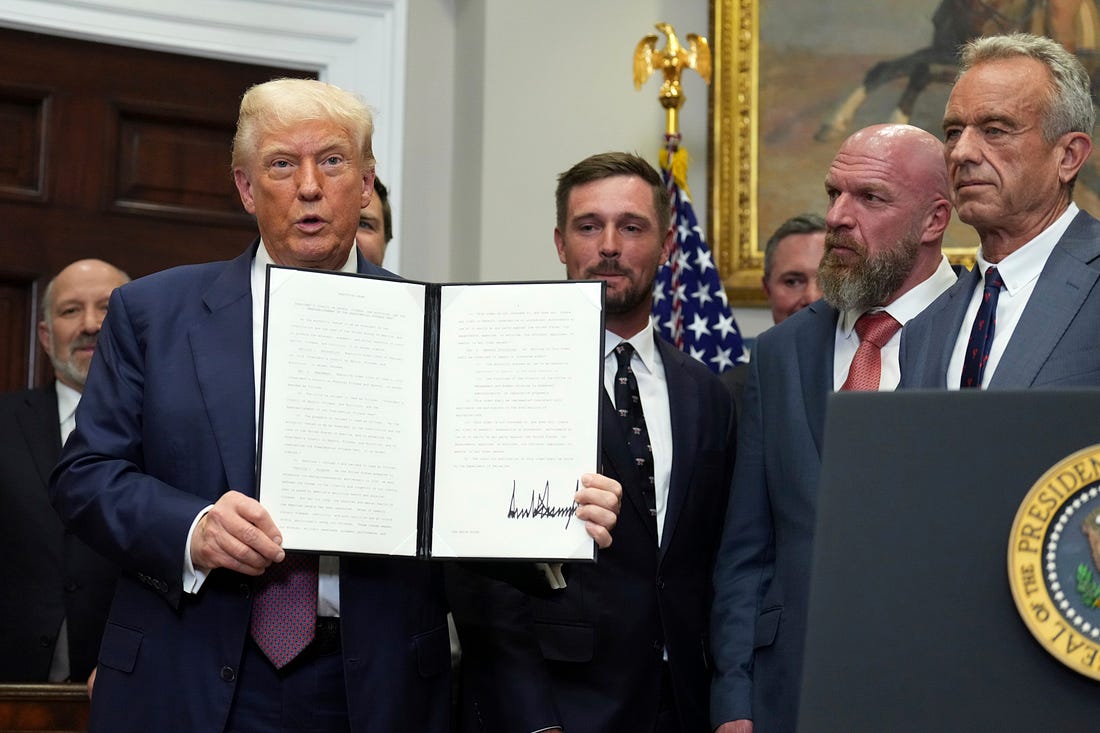
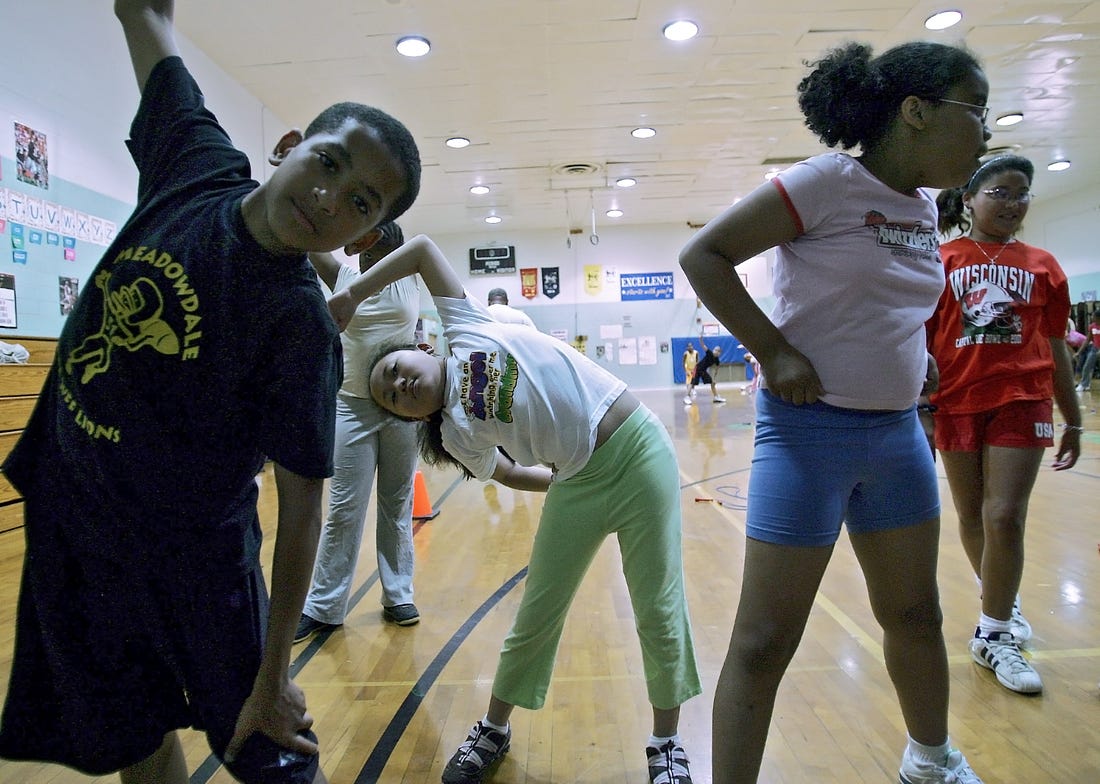
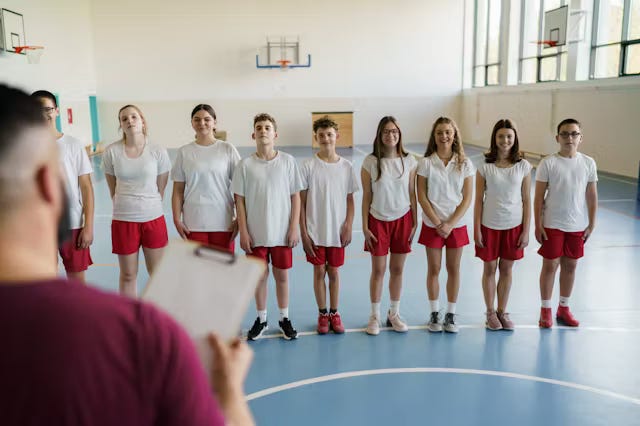
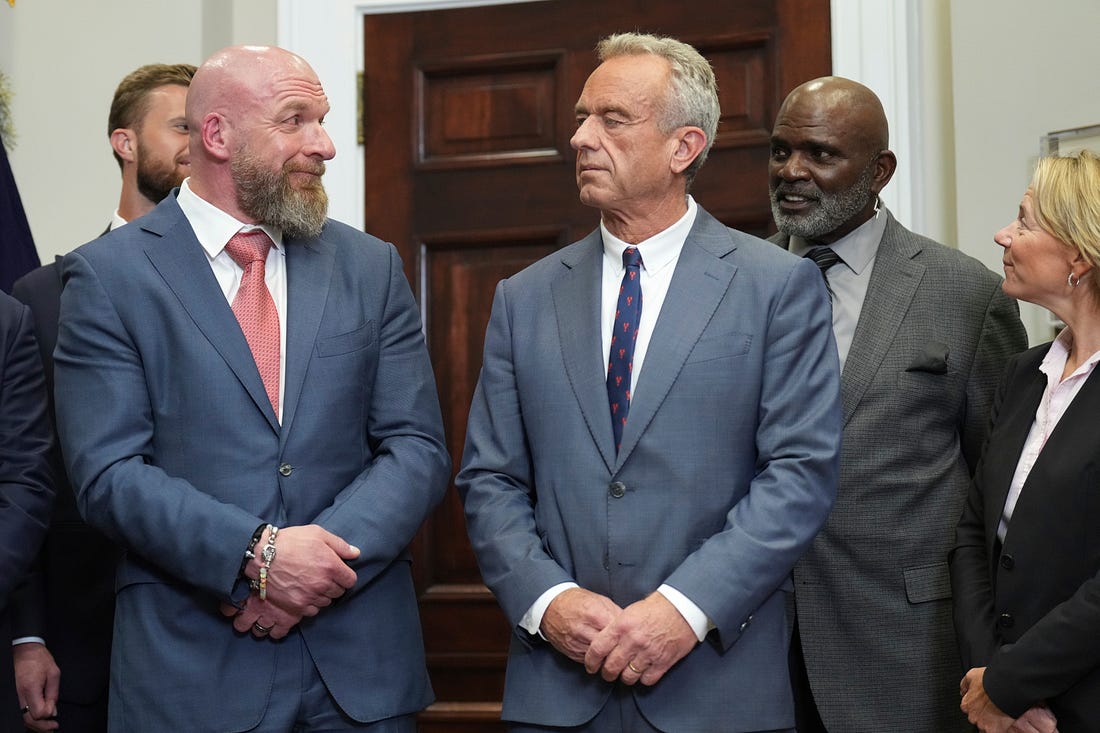
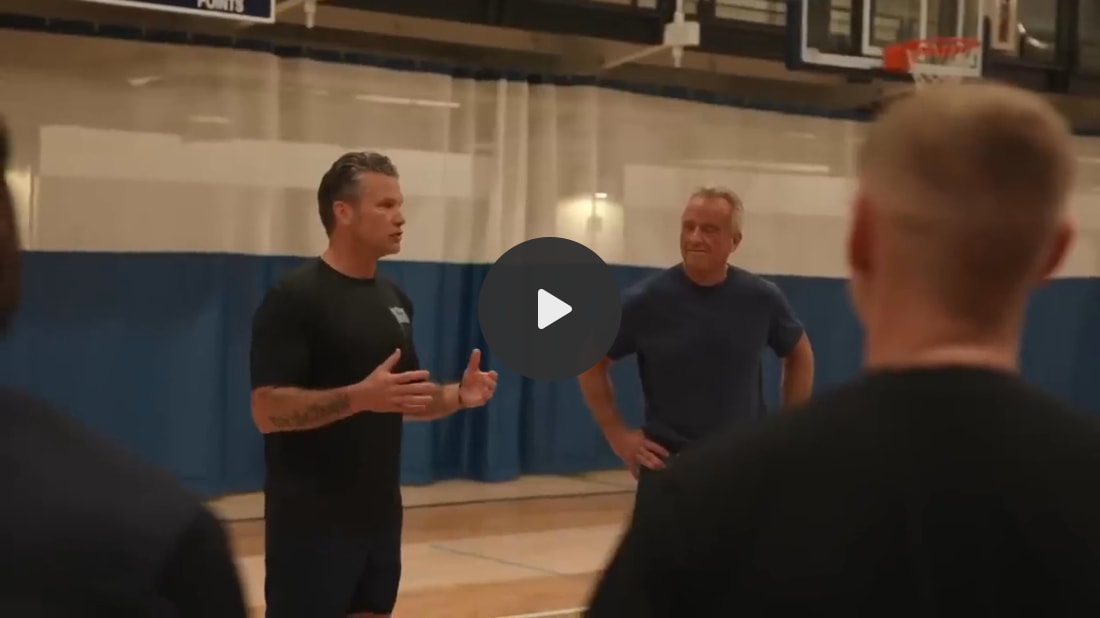






Leave a Reply
You must be logged in to post a comment.